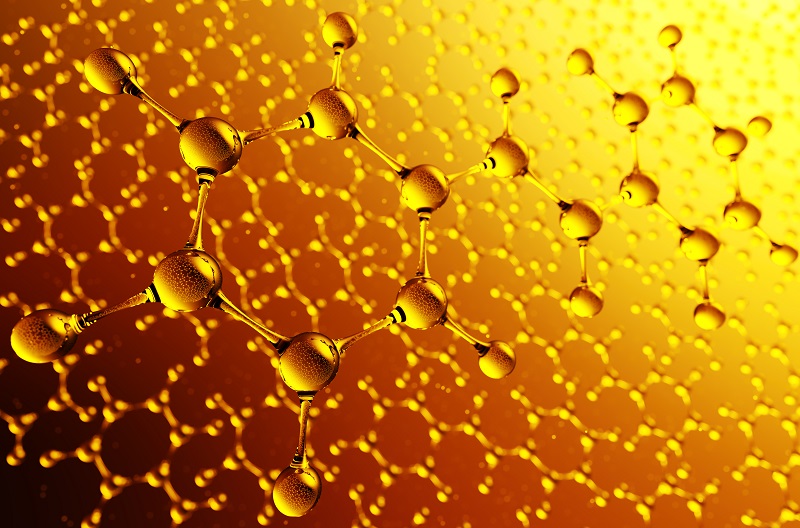Welcome to Energy Delivered, Kinder Morgan’s new bi-monthly blog that will offer insights into energy, technology and the people at Kinder Morgan who are working to create a better world. In this edition, we take a look at the reality of energy as we know it because solving for climate change and furthering human development starts with a clear understanding of the facts.
Generally speaking, all forms of energy can play a critical role in advancing global climate objectives, while also providing billions of people with access to affordable energy. Hydrocarbons, which make up the largest energy sources in the world, are the naturally occurring components of crude oil, natural gas and other petrochemical products. And natural gas and petroleum will be vital energy sources for many decades to come.
It’s important to realize that, when looking at what some refer to as the four main pillars of energy security - affordability, availability, reliability and sustainability – you have to look at what is available and accessible now, and that’s natural gas. Compared to other sources of energy, natural gas is cheap, abundant, reliable and sustainable.1 That makes natural gas an essential element in the ongoing energy transition.
Another key point is that, according to the U.S. Energy Information Administration, burning natural gas for energy results in fewer greenhouse gas (GHG) emissions than burning coal or petroleum products to produce an equal amount of energy. Since 2010, coal-to-gas switching by consumers and industry has saved an estimated 500 million tonnes of carbon dioxide (CO2). These savings are equivalent to the total energy-related emissions of all Central American countries over the same period. 2
At the same time, the hydrocarbons that make up petroleum are needed to build the new infrastructure that supports renewable energies. They are essential for steel, cement, plastics and fertilizer – the foundation of modern civilization. Plastics have worldwide applications from outerwear to electric cars, to wind towers and solar panels. Cellphone casings and eyeglass frames are plastic, as well as many of the tools in a hospital operating room. Even the popular headache medicine Acetaminophen—including such brands as Tylenol and Panadol—is a petroleum-derived product.3
With global energy consumption expected to increase by nearly 50% over the next 30 years, petroleum and other liquid fuels are projected to remain the world’s largest energy source in 2050. And natural gas is projected to become the second-largest fuel in the energy mix.4 In short, modern civilization has been created thanks to these important fossil fuels, and they will continue to be in strong demand for both developed and developing nations around the world for years to come.

